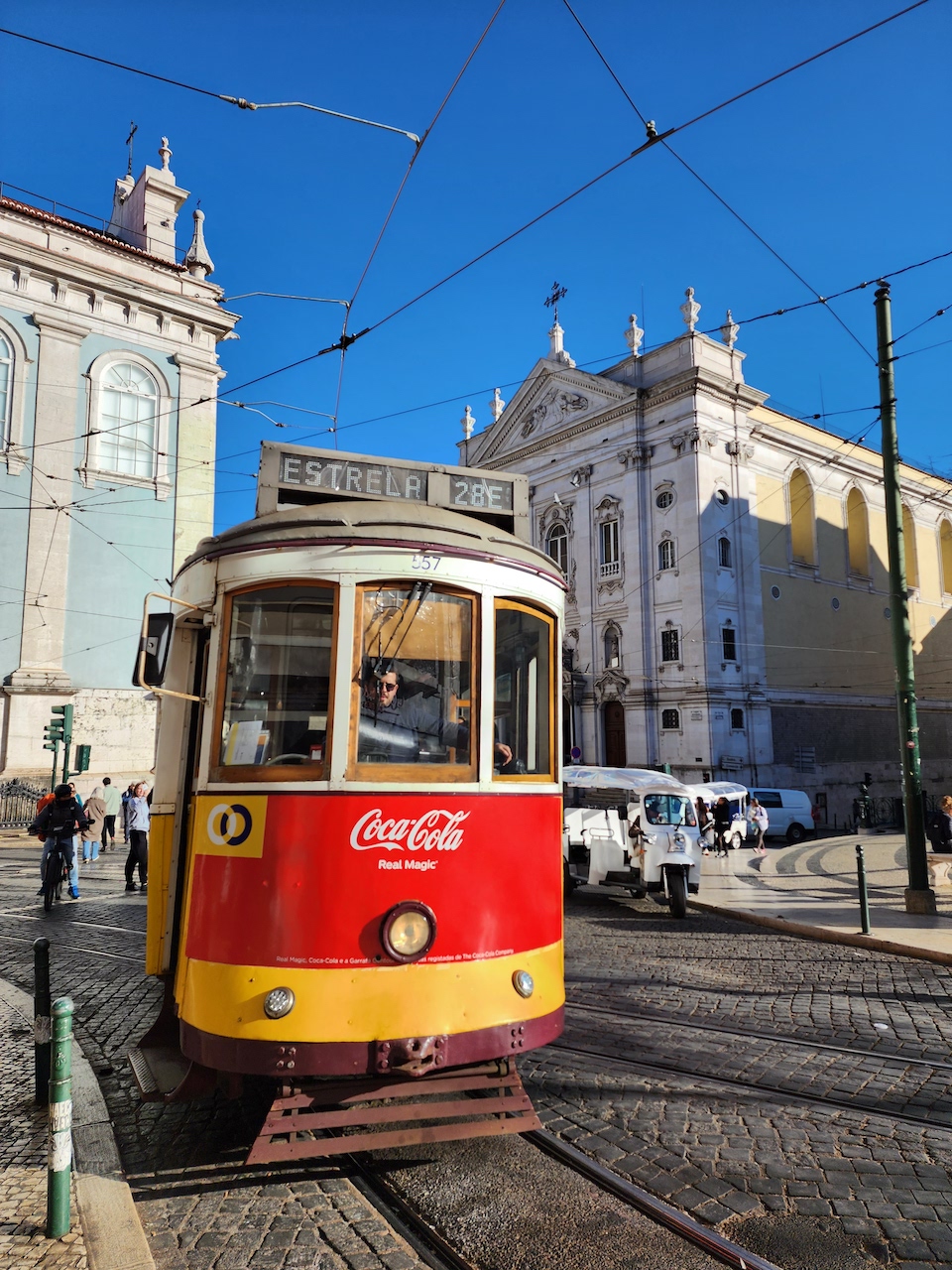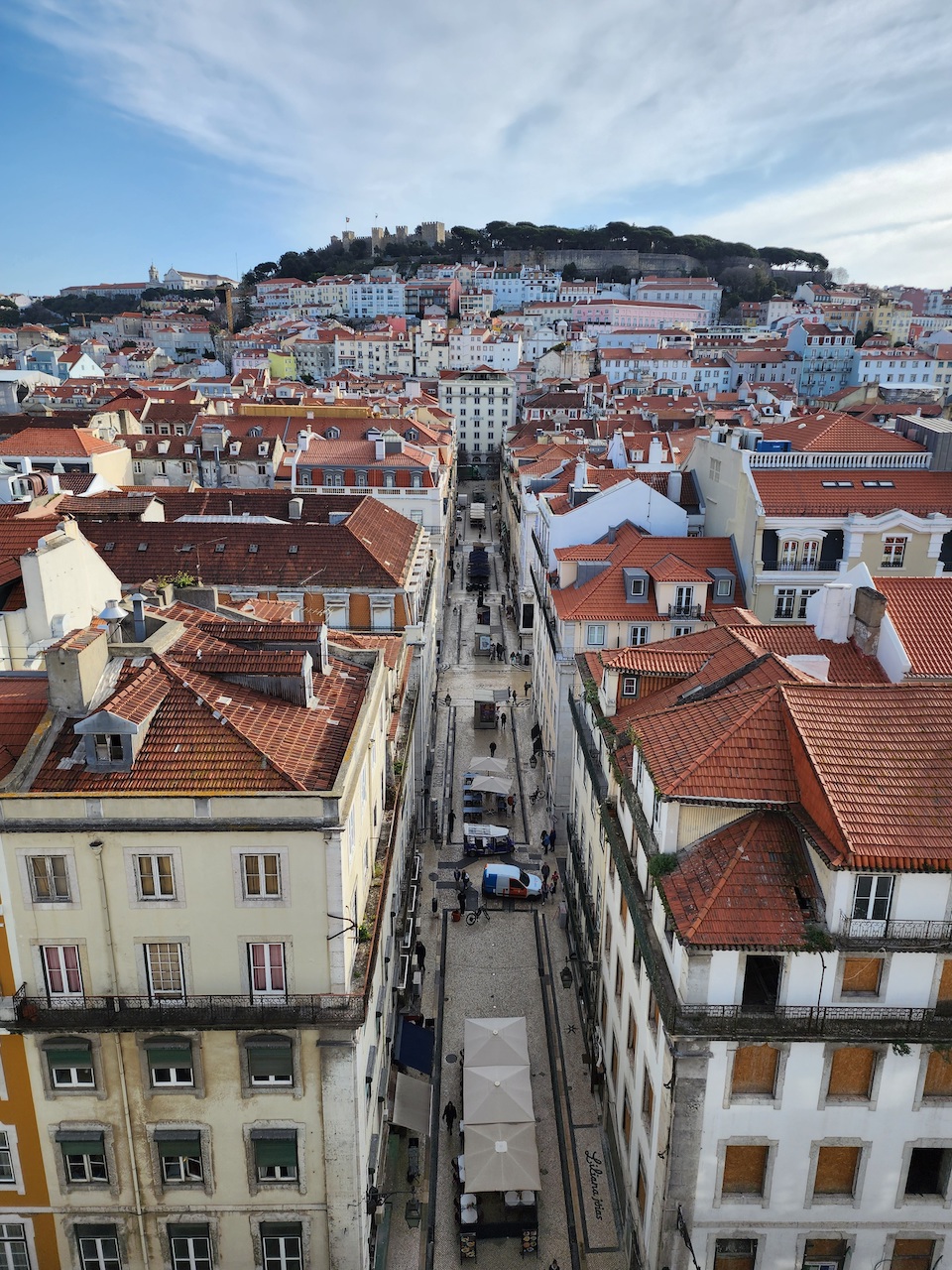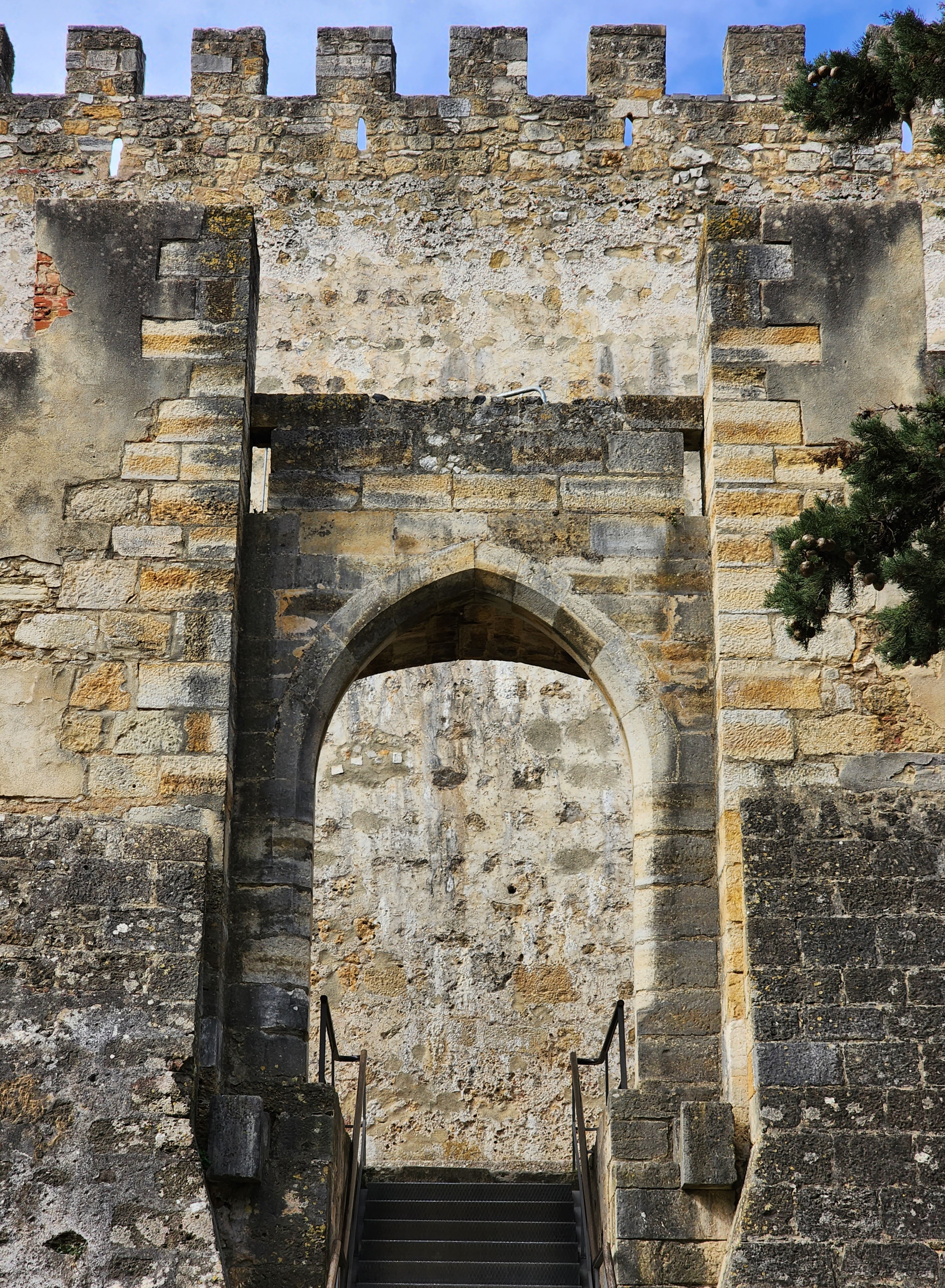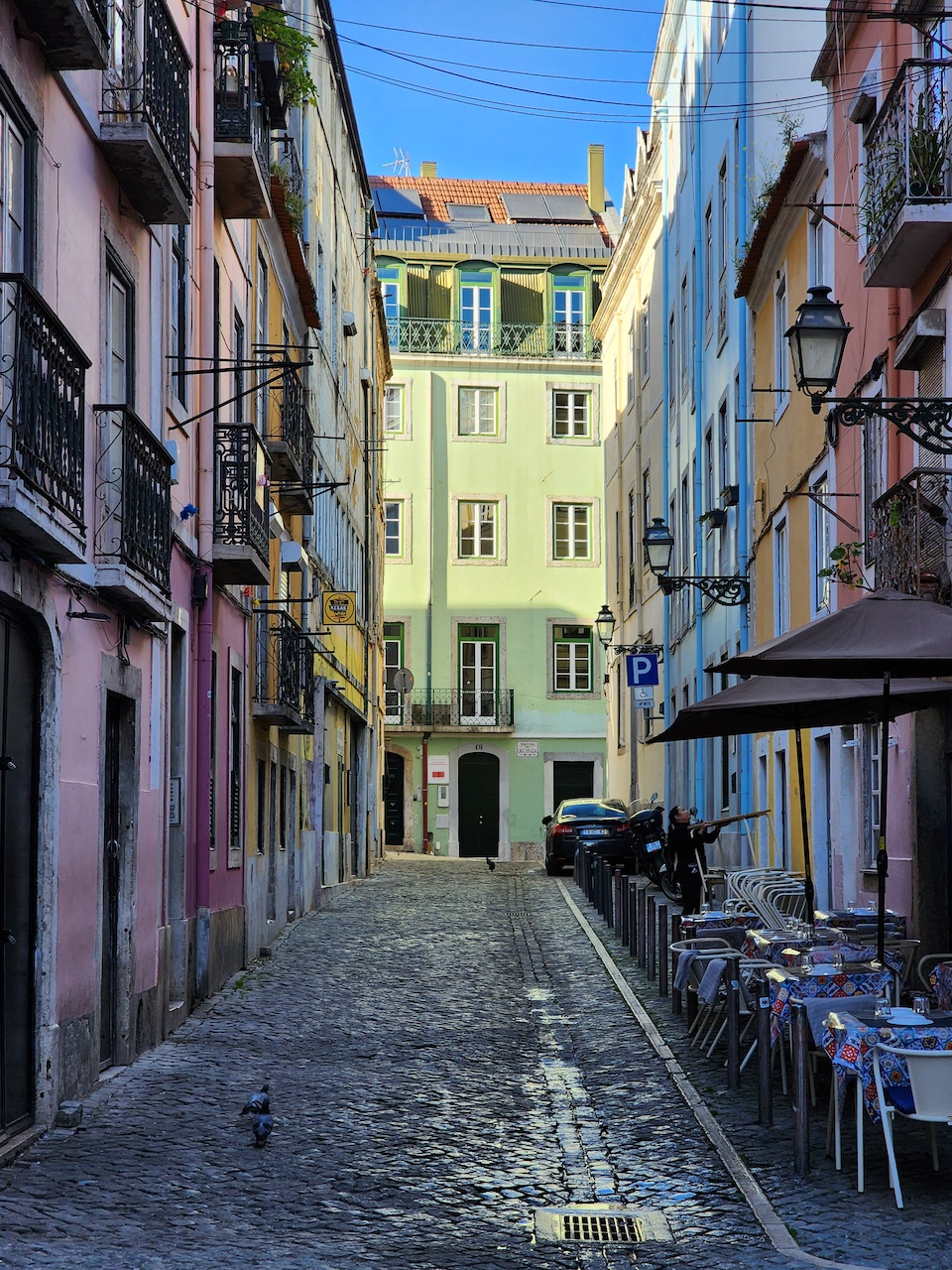Three Days in Lisbon
Portugal is a fantastic trans-Atlantic destination for budget-conscious travelers. The capital Lisbon has a lot of historical and city sights to offer. I traveled there in February and found that the highs were constantly hitting above 60°F every day (likely due to climate change), without a single rainy day in the forecast (though your mileage may vary).
Getting There
Lisbon has a really great public transportation system. After landing, we took the Lisbon Metro from Aeroporto station on the Red Line (Linha Vermelha) to our hotel in Baixa-Chiado. We opted for a rechargeable Viva Viagem card, which costs €0.50 at the time of this post, and loaded €10 on it. This saved us further down the line when we were rushing to catch a train to Sintra, as the CP train turnstiles also accept the Viva Viagem card.
Sightseeing
Lisbon is so walkable that we were able to sightsee without ever taking the Lisbon Metro or any of the trams! Just note that there are also quite a few hills and the sidewalks can be quite uneven from the stone tiling, so good walking shoes are highly recommended.
Day One
On our first afternoon we explored the tile streets of Rua Augusta, walking toward Praça do Comércio. Instead of taking the ever-popular Tram 28, we followed its tracks from the square, passing by the Sé before wandering into the narrow streets of the Alfama neighborhood and getting some chocolate cup ginjinha (cherry liquor). Apparently the ginjinha sold on the streets here can sometimes be watered down (not that I complained). Lastly we went up to Miradouro das Portas do Sol before heading back to Baixa-Chiado for some traditional Portuguese dishes, bifana (pork sandwich) and pastéis de bacalhau (fried cod pastry), at the very authentic-feeling O Trevo.

Day Two
Beating the crowds in Lisbon doesn’t mean waking up super early, as when we began our day at 9 AM the streets still felt empty. We passed by the ruins of the Carmo Convent, destroyed during the earthquake of 1755, before walking to the view at the top of the Elevador de Santa Justa. (Note that you can walk to the view for free! No need to pay for the elevator.)

We then admired the tiling at Rossio Square and grabbed some pastéis de nata (egg custard pastry) at Santo António on our way to Castelo de São Jorge. The castle boasts excellent views of Lisbon, and we spent a good two hours reading signs and learning the history behind the castle. As a bonus there are also peacocks (!!!) living at the top.

We then participated in the highly-rated Treasures of Lisboa food tour and thought it was a great experience, even though not all the food was to our tastes. Lisbon seems to have a thriving food tourism scene, and it seems most of them that you can book on sites like TripAdvisor, Airbnb, and Viator will all provide authentic Portuguese cuisine.
Day Three
Our third day in Lisbon was actually on the last day of our vacation before leaving Portugal. With our limited time we grabbed a slice of chocolate cake at Landeau Chiado, took a peek at the Elevador da Glória, and wandered around the colorful streets of Bairro Alto.

Looking Back
Lovers of nature and good views may want to trim their stay in Lisbon and look to spend more time (or even multiple nights!) in Sintra instead; we were happy that we did so. Several locals also recommended staying in Cascais over Lisbon as it’s apparently where the wealthy suburbs are. We skipped some popular destinations such as the Mosteiro dos Jerónimos Monastery and Torre de Belém, since we didn’t feel strongly about visiting them. Had Lisbon been rainy we may have cooped up in some of the museums, such as the Gulbenkian or National Tile Museum. We unfortunately didn’t fit in any fado as we were too tired most evenings, but it’s probably an experience worth listening to at least once.
Before arriving in Portugal we purchased MEO’s Enjoy Portugal 30GB e-SIM for €15, which we activated on our phones before leaving. MEO is one of the largest cell providers in Portugal, so we were able to use extremely fast data throughout the country.
Lodging
If staying in Lisbon, I’d highly recommend staying in the Baixa-Chiado area, as it is an upscale and very safe area with great public transportation connectivity (easy access to the airport and Sete Rios bus station via metro and a short walk to the Rossio train station). As we visited Portugal in February, prices were extremely reasonable for hotels, which doesn’t seem to be the case during the more popular summer months. We got a double for less than €100 a night in Baixa-Chiado at GS Chiado Boutique Studios & Suites. There is also a tourist tax of €2 per person per night, up to €14 per person.





